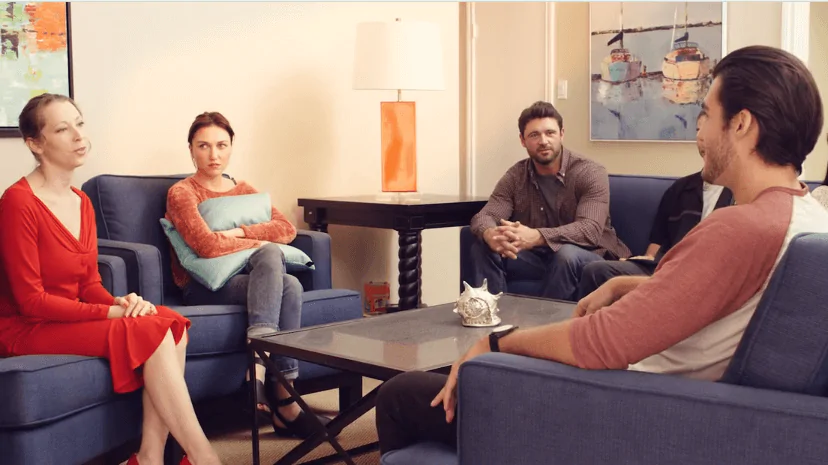24/7 Helpline:
(866) 899-221924/7 Helpline:
(866) 899-2219
Learn more about Bipolar Disorder Treatment centers in Carpinteria
Bipolar Disorder Treatment in Other Cities

Other Insurance Options

UnitedHealth Group

UMR

CareSource

WellPoint

Carleon

Amerigroup

United Health Care

Sliding scale payment assistance

Multiplan

Ceridian

Access to Recovery (ATR) Voucher

Evernorth

Humana

Self-pay options

Health Choice

BHS | Behavioral Health Systems

Covered California

Meritain

Premera

Sutter









